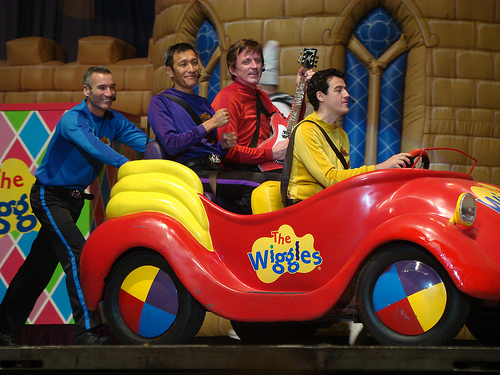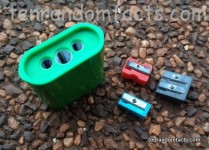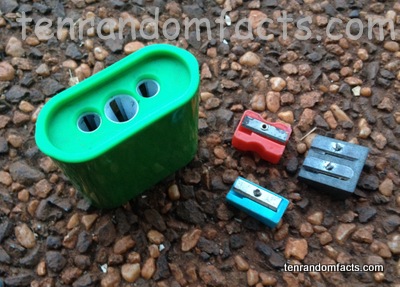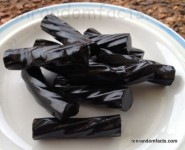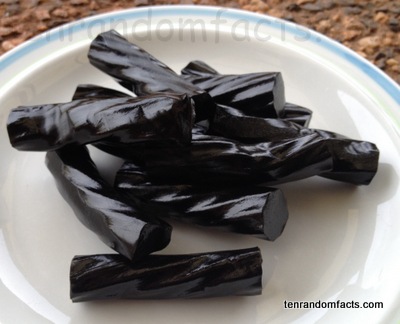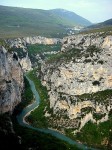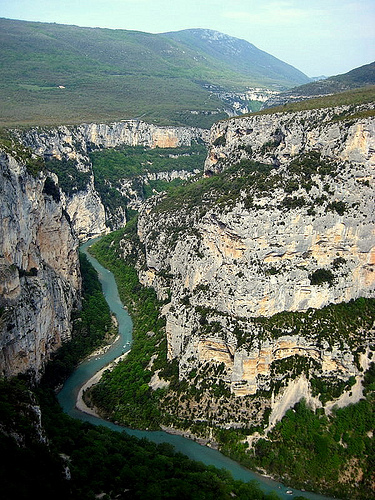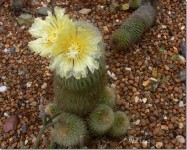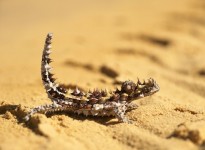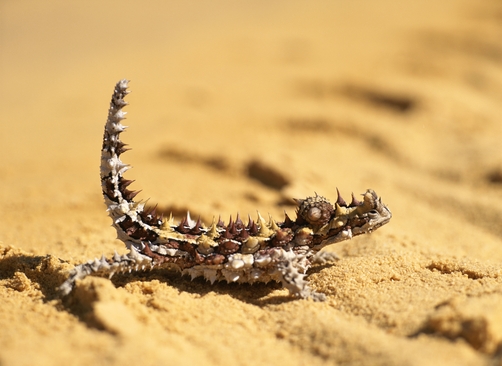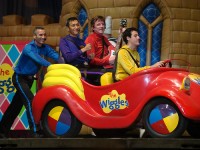
Let’s ‘Hot Potato’ along with the Wiggles!
- ‘The Wiggles’, named from the song ‘Get ready to wriggle’ by John Field, is a band that performs music and tours internationally, and has a target audience of preschool children, from ages 2 to 6.
- The Wiggles originally wore colourful but ‘messy’ costumes, but soon turned to the simple coloured skivvies of yellow, red, purple and blue, the latter originally green.
- In 2013, the members of the Wiggles were Anthony Field (Blue), Lachlan Gillespie (Purple), Simon Pryce (Red) and Emma Watkins (Yellow).
- The original and main members of the Wiggles were Murray Cook (Red), Jeff Fatt (Purple), Greg Page (Yellow) and Anthony Field (Blue), as well as Phillip Wilcher, who featured only on the first album, and later, Sam Moran (Yellow), who eventually replaced Greg.
- The Wiggles are well known for entertaining children around the world, having performed at more than 6,000 shows, and were the highest earning entertainers in Australia over four consecutive years, from 2004 to 2008, as well as earning AUD $45 million in 2009, and they continue to be among the top earning entertainers.
(From left to right) Anthony, Jeff, Murry, Sam
Image courtesy of Meandertail/Flickr
- The Wiggles were formed for the production of the first album in 1991, due to Anthony Field wanting a recorded album of children’s music, to present to his future employers to help him obtain a job as a preschool teacher.
- The group produced a film called ‘The Wiggles Movie’ (in Australia) in 1997, and started a television series broadcasting in Australia and the United States, in 1998.
- The Wiggles were featured in their first mini theme park in Dreamworld, Australia, in 2005, which increased the fun at theme parks for young children.
- The Wiggles generally produce new music every year and by 2014, had released approximately 50 albums and videos, and sold over 30 million copies.
- The Wiggles have won many awards, including eleven Best Children’s Album awards at the ARIAs, have been included in the ARIA Hall of Fame, and the original members were appointed Members in the Order of Australia in 2010.
Bibliography:
About us, 2013, The Wiggles, http://web.archive.org/web/20130924110739/http://www.thewiggles.com.au/au/about/
The Wiggles, 2013, Wikipedia, http://en.wikipedia.org/wiki/The_Wiggles




